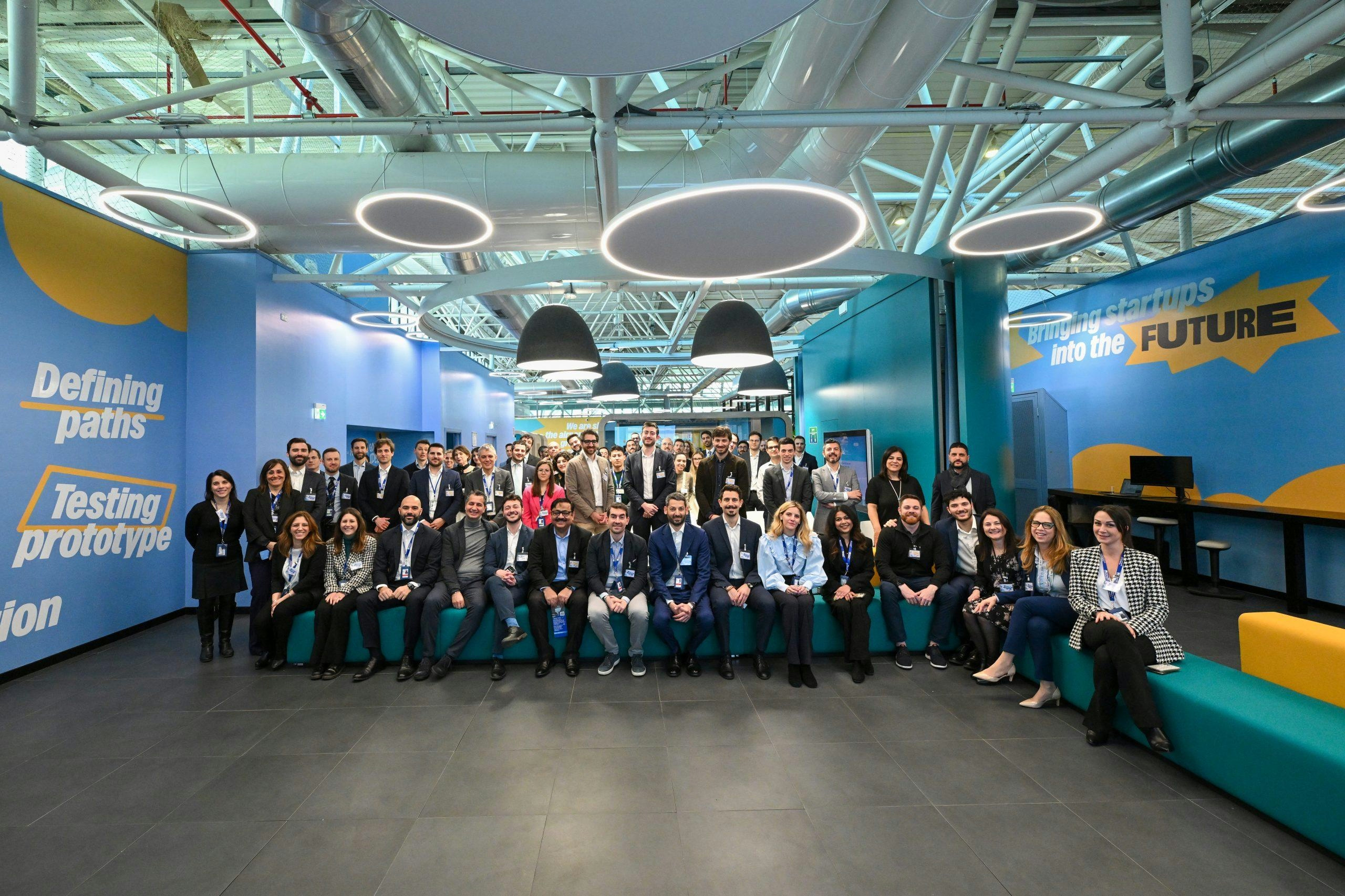
AeroGenie — 您的智能副驾驶。
热门趋势
Categories
Brazilian, Chinese, and UK Airlines Target Nigerian Domestic Market for Expansion
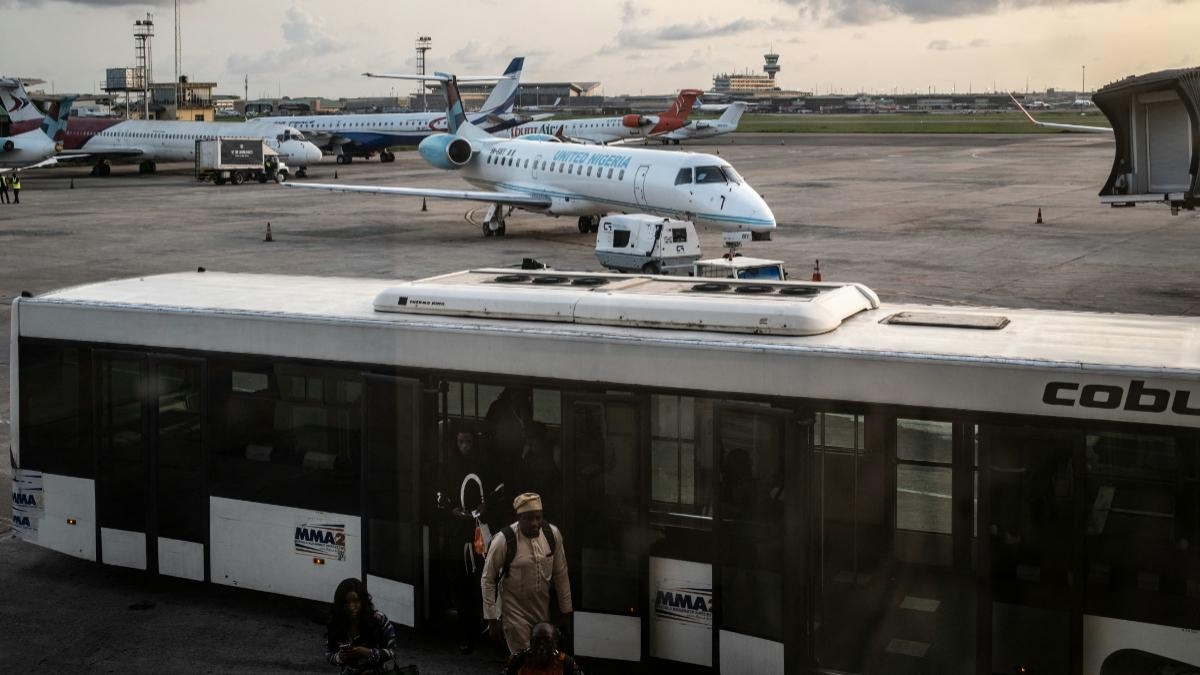
Brazilian, Chinese, and UK Airlines Target Nigerian Domestic Market for Expansion
Nigeria’s Ambition as Africa’s Aviation Hub
Nigeria is rapidly positioning itself as a central aviation hub in Africa, drawing significant interest from major international airlines and investors from Brazil, China, and the United Kingdom. This development was highlighted by Nigeria’s Minister of Aviation, Festus Keyamo, during a global press conference held in Abuja to mark the launch of Africa’s first aeronautics university. Keyamo detailed the country’s strategic approach to opening its skies to global players through targeted partnerships and substantial infrastructure development.
Central to this strategy is the concessioning of airports and the attraction of maintenance, repair, and overhaul (MRO) investors, often in collaboration with local partners. A notable example is the recent inauguration of a major MRO facility in Lagos, established in partnership with Brazilian manufacturers, which underscores the growing direct foreign investment in Nigeria’s aviation sector.
Policy Reforms and International Partnerships
Minister Keyamo also announced new initiatives aimed at easing leasing restrictions to attract global aircraft leasing firms. For the first time in nearly two decades, Nigeria is set to receive a dry-leased aircraft, a significant milestone for domestic carriers that signals increasing investor confidence in the country’s aviation market.
International aviation companies are responding to these opportunities. Dublin-based leasing firm Aircap and China’s COMAC are actively exploring partnerships with Nigerian operators. COMAC, in particular, intends to deploy its C919 aircraft on domestic routes, with ambitions for broader expansion across the African continent.
Challenges and Competitive Dynamics
Despite the promising outlook, the entry of Brazilian, Chinese, and UK airlines into Nigeria’s domestic market faces several challenges. Industry analysts have identified regulatory hurdles, competition from well-established Nigerian carriers, and logistical constraints related to infrastructure as potential obstacles. The arrival of new players is expected to intensify competition, which may lead to price wars and enhanced service offerings for passengers. In response, local airlines are likely to pursue strategic alliances and increase marketing efforts to protect their market share.
The launch of the new aeronautics university, coupled with ongoing policy reforms, is anticipated to have a transformative impact on the sector. By training pilots and aviation professionals domestically, Nigeria and other African nations stand to save millions of dollars annually and reduce dependence on foreign training programs, thereby bolstering regional aviation independence.
As Nigeria continues to implement these reforms and attract international investment, it is poised to become a pivotal player in Africa’s rapidly expanding aviation market, notwithstanding the competitive and regulatory challenges that lie ahead.

Textron Aviation Appoints Justin Salmans Senior Vice President of Supply Chain

Delivery Delays and Canceled SAF Projects Prompt Focus on Fuel Efficiency
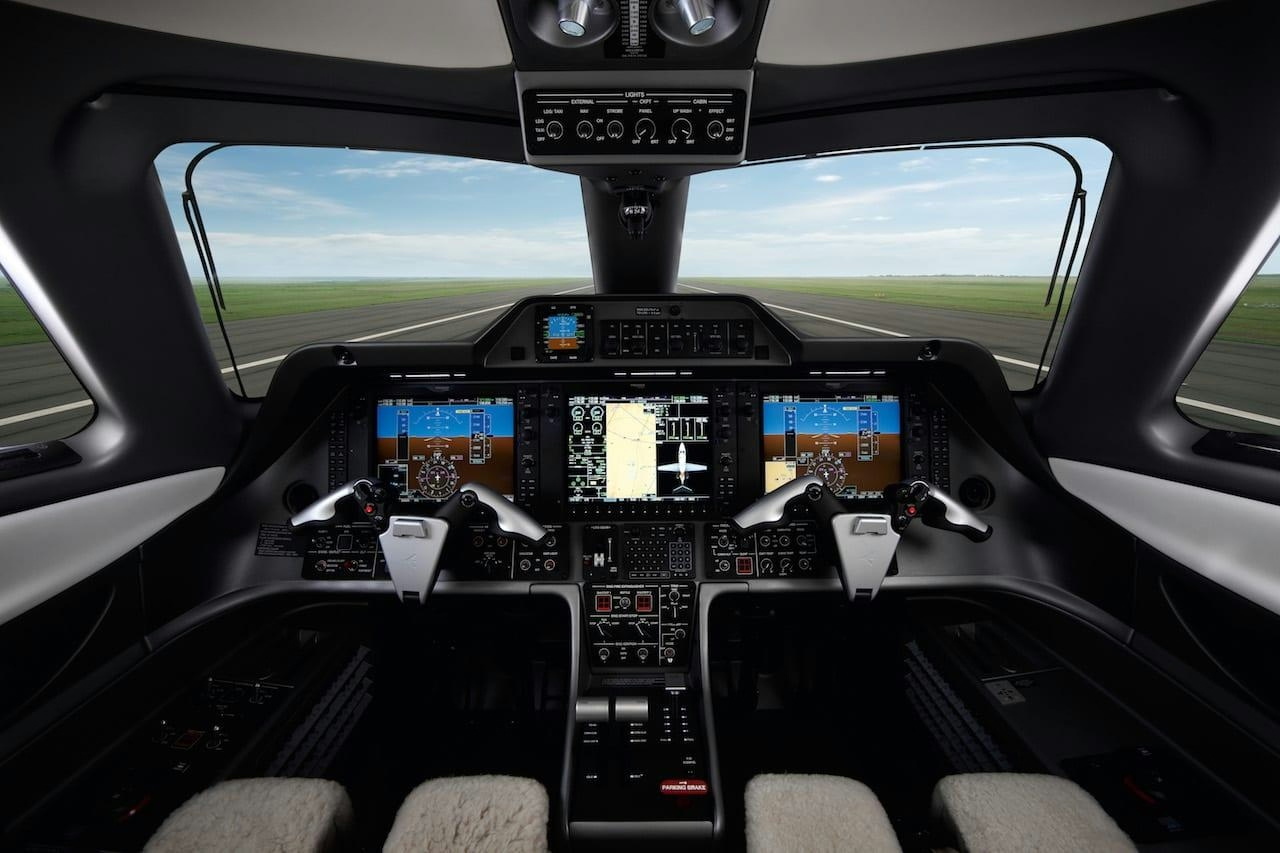
Embraer Unveils AI-Driven Smart Planning Solution
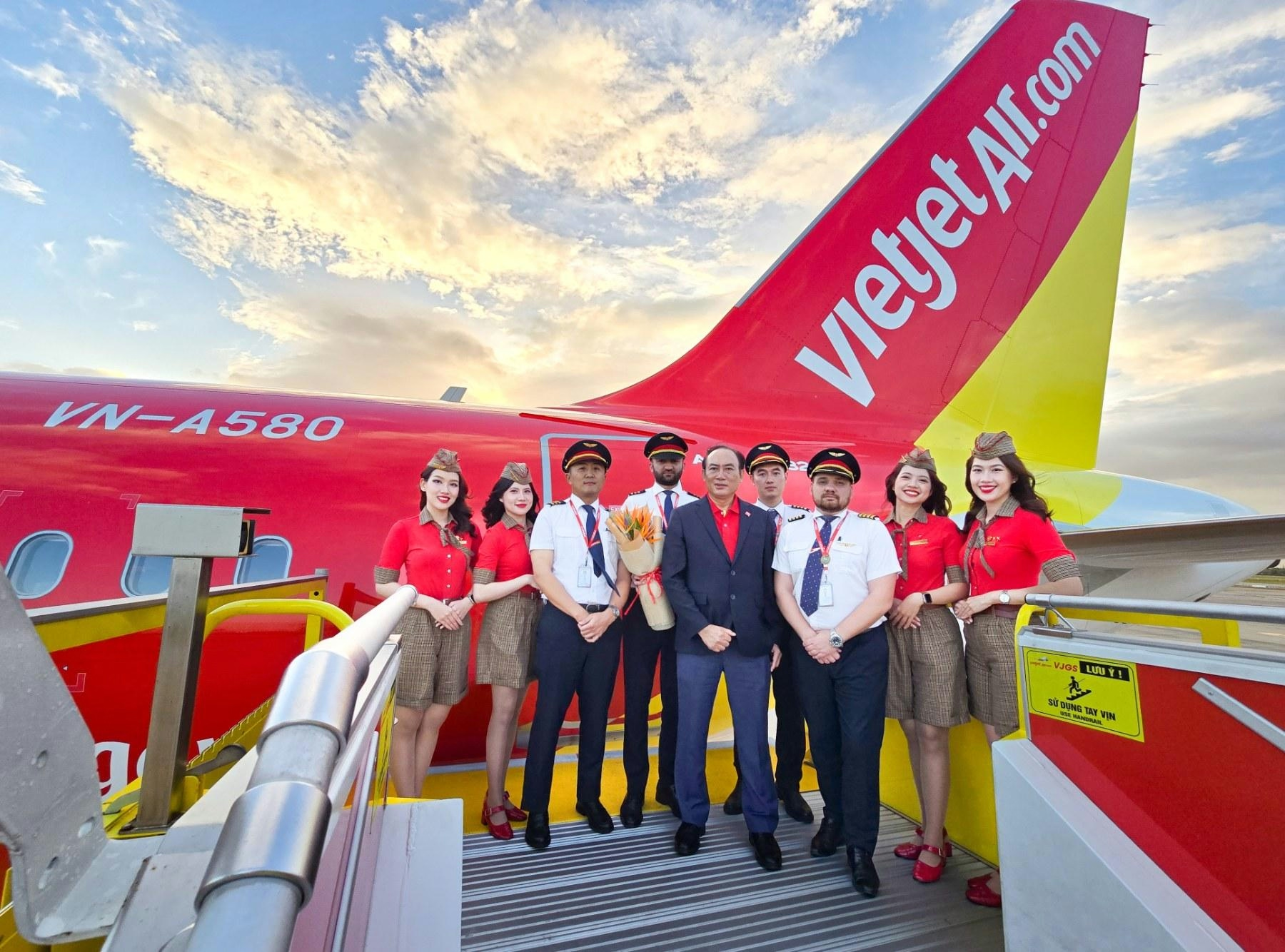
Vietjet Expands Fleet with Delivery of 22 Aircraft

Qantas Returns A380 to Service
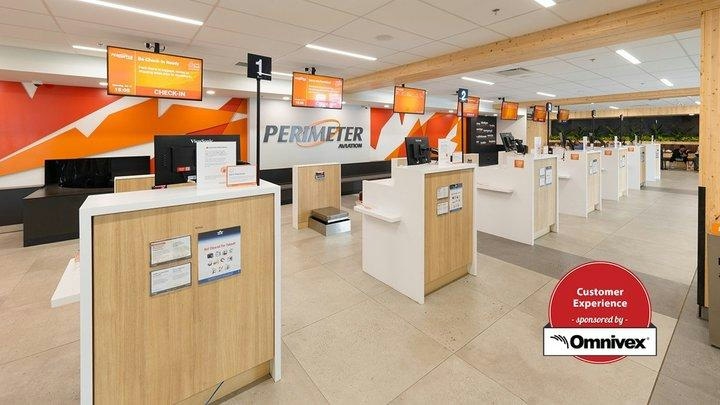
Perimeter Aviation Adopts Omnivex Software to Enhance Communications

AAR Names Sarah Flanagan Interim CFO
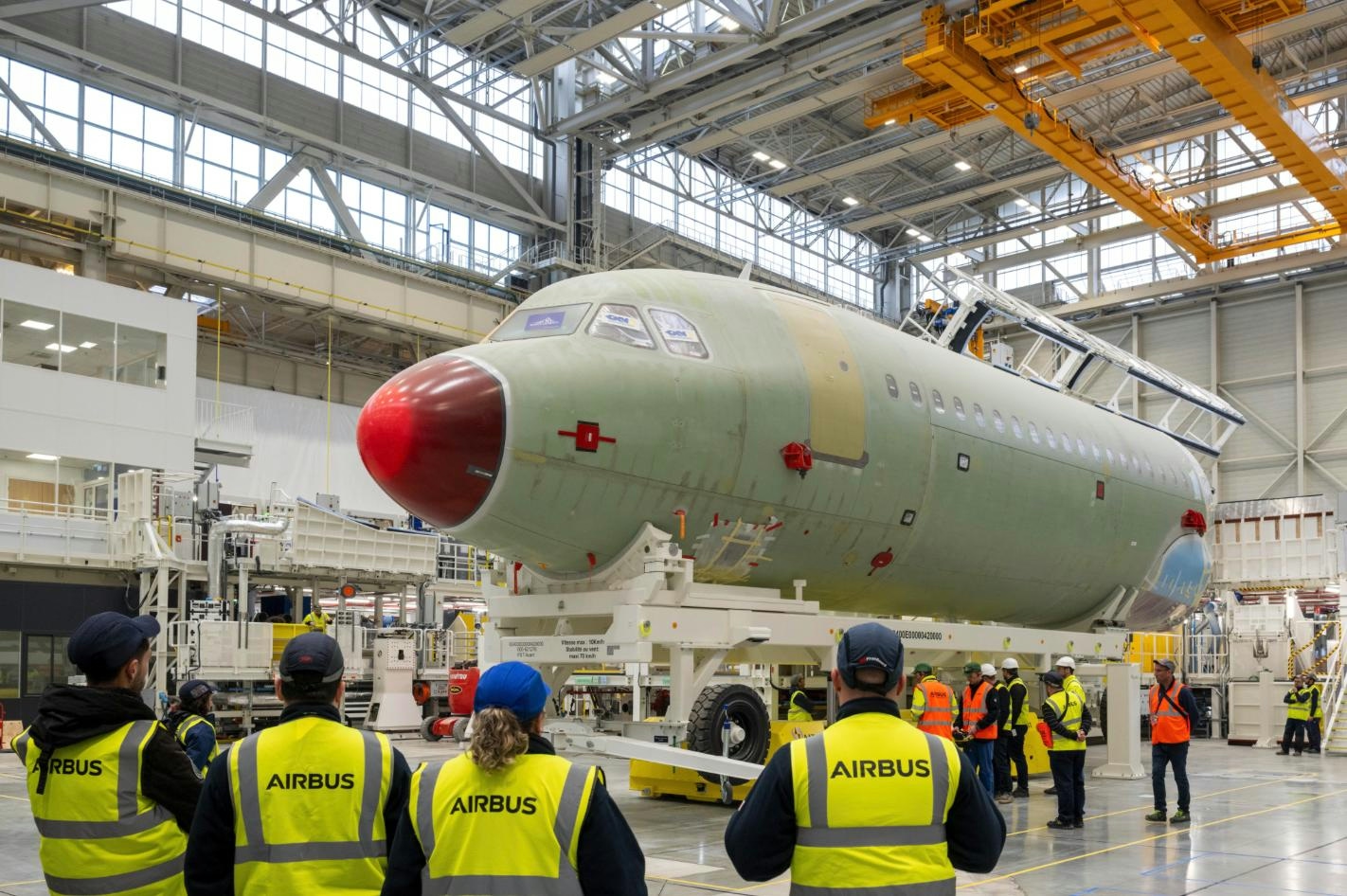
Airbus Reports Drop in November Deliveries
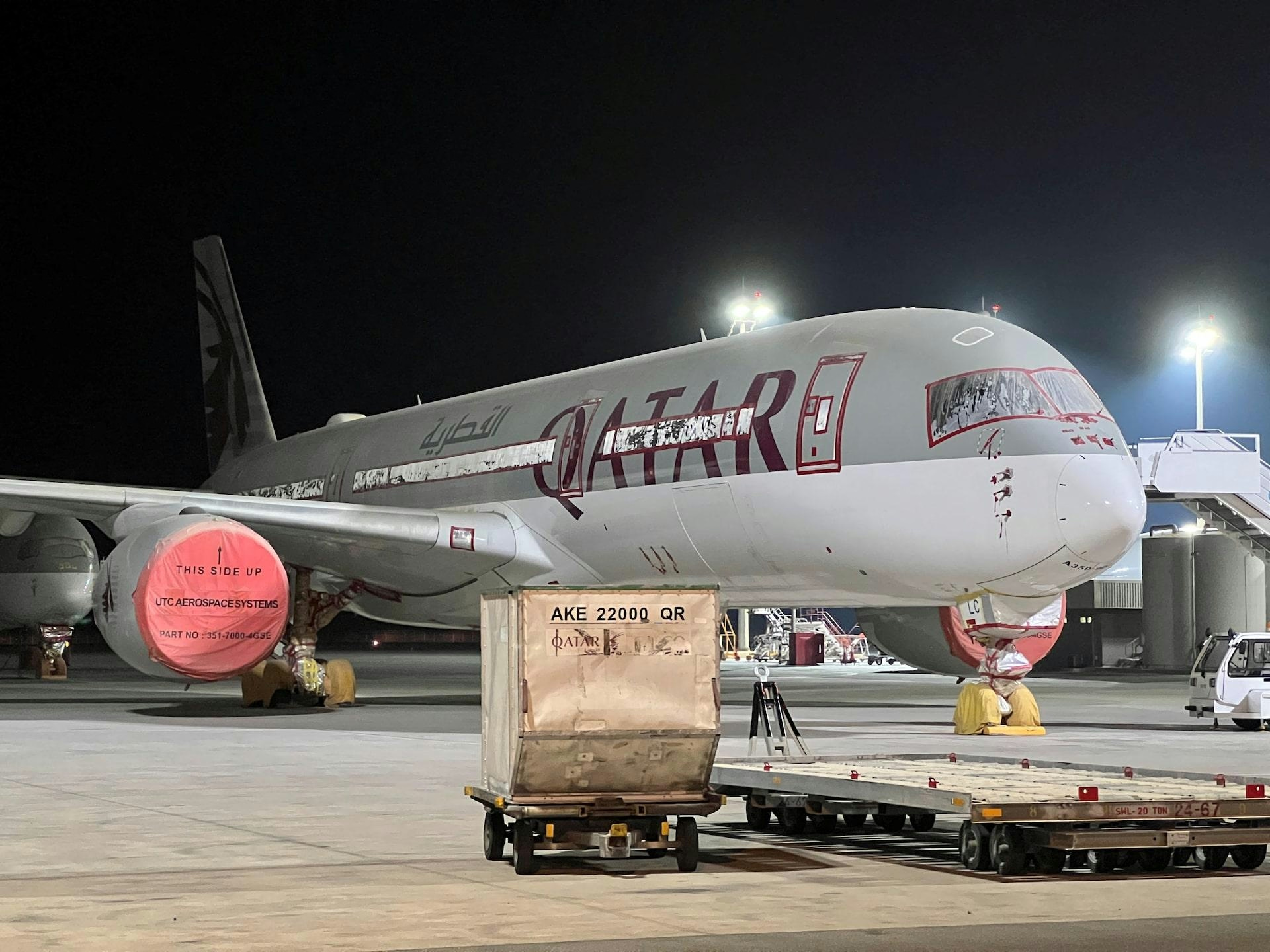
Airbus A350 Order Canceled
